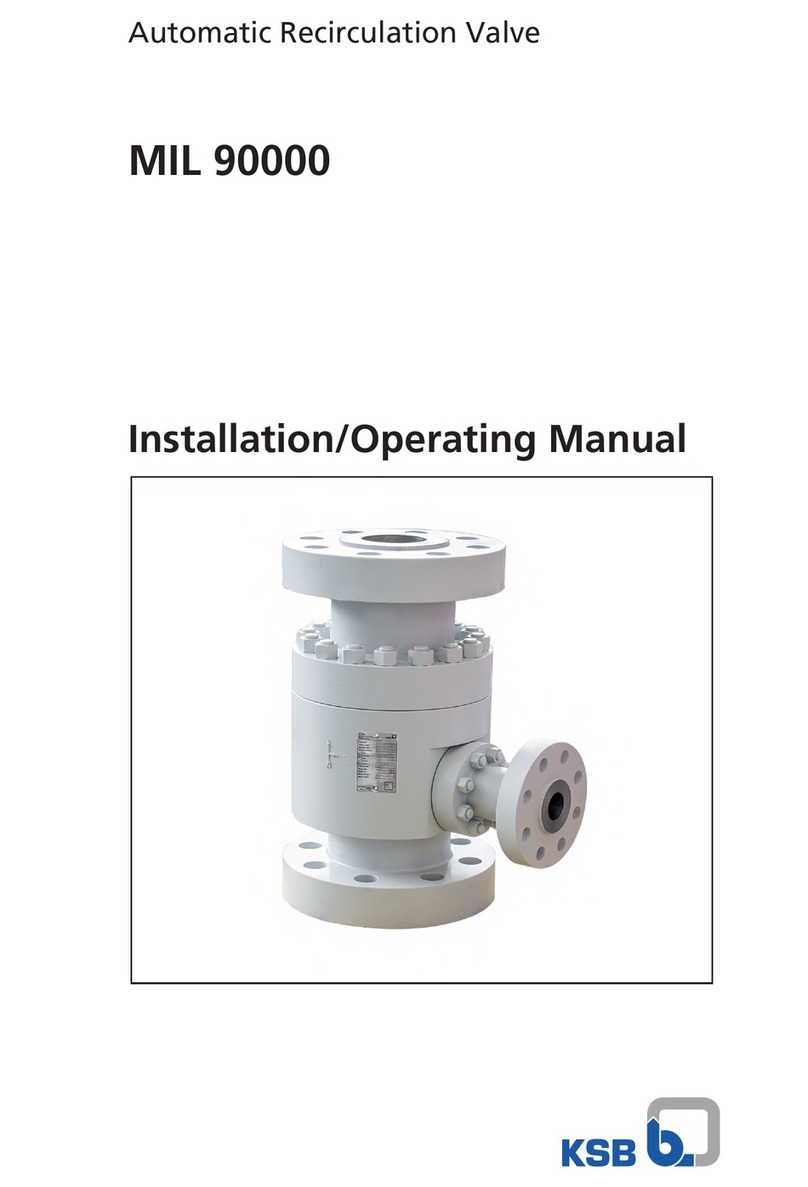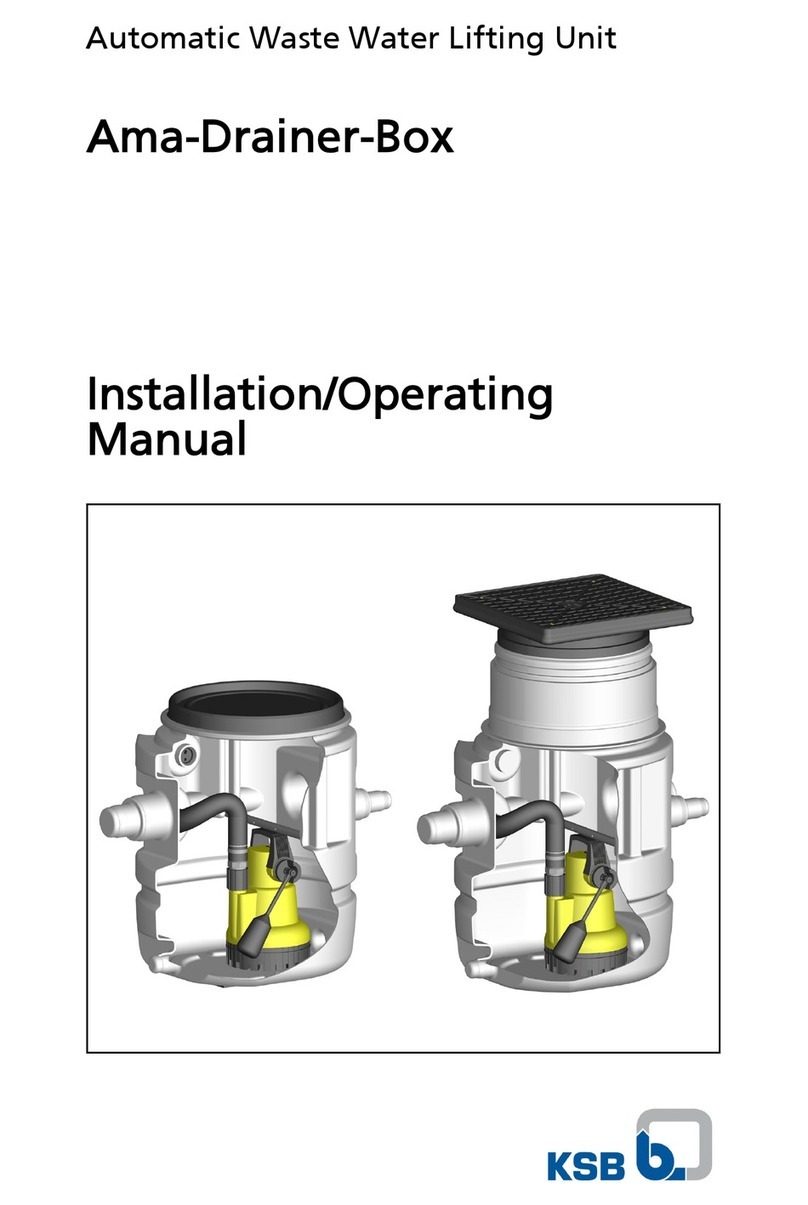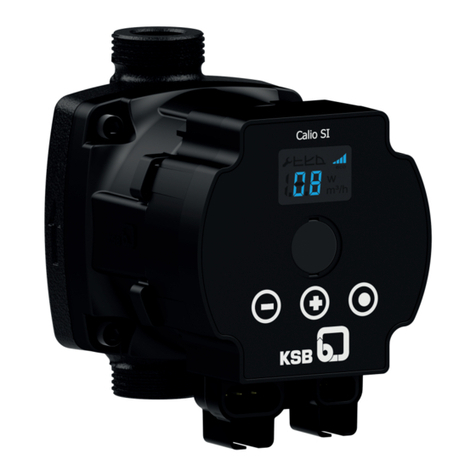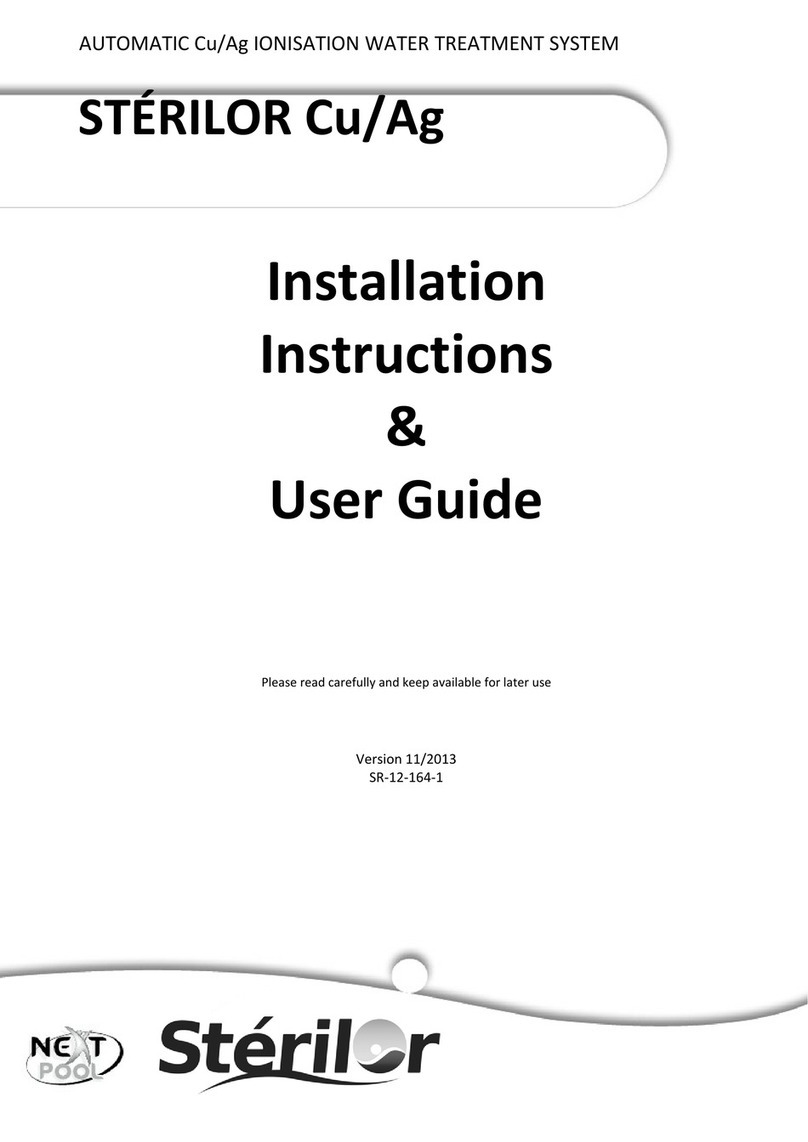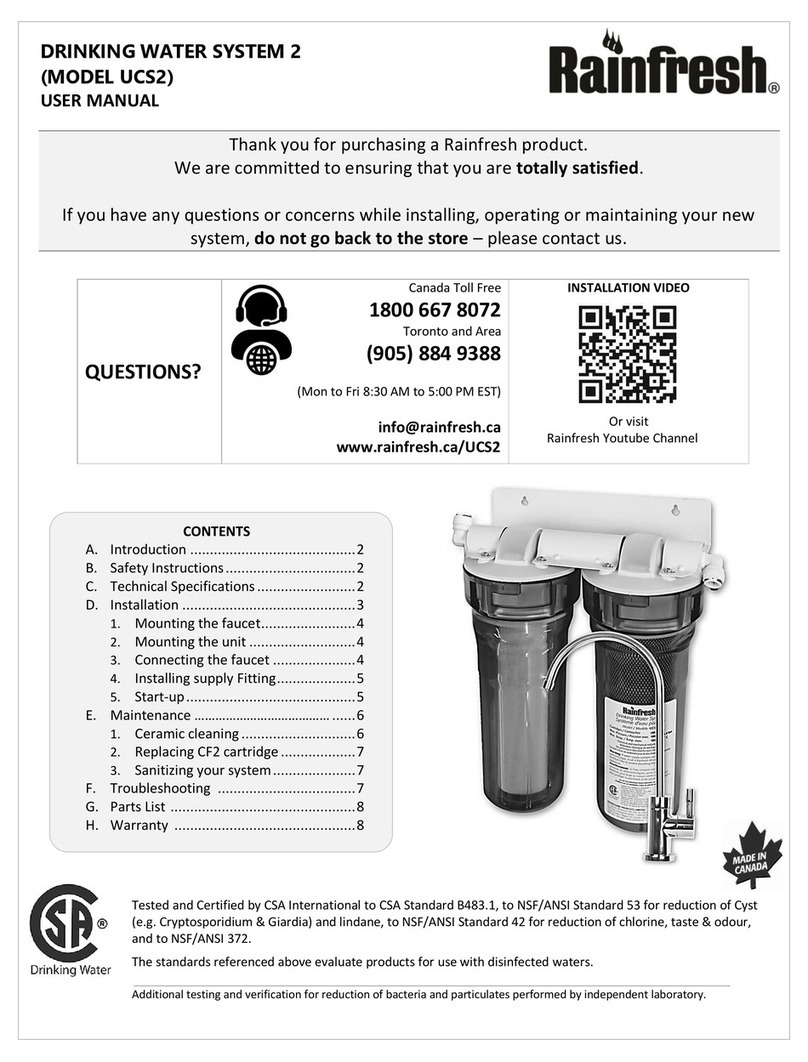
Contents
3 of 64
Hya-Rain/Hya-Rain N
Contents
Glossary .................................................................................................................................................. 5
1 General.................................................................................................................................................... 6
1.1 Principles ...........................................................................................................................................................6
1.2 Target group.....................................................................................................................................................6
1.3 Other applicable documents............................................................................................................................6
1.4 Symbols .............................................................................................................................................................6
1.5 Key to safety symbols/markings.......................................................................................................................7
2 Safety...................................................................................................................................................... 8
2.1 General..............................................................................................................................................................8
2.2 Intended use .....................................................................................................................................................8
2.3 Personnel qualification and training...............................................................................................................9
2.4 Consequences and risks caused by non-compliance with these operating instructions ..............................9
2.5 Safety awareness ..............................................................................................................................................9
2.6 Safety information for the operator/user.......................................................................................................9
2.7 Safety information for maintenance, inspection and installation ................................................................9
2.8 Unauthorised modes of operation..................................................................................................................9
3 Transport/Temporary Storage/Disposal............................................................................................. 11
3.1 Checking the condition upon delivery..........................................................................................................11
3.2 Transport.........................................................................................................................................................11
3.3 Storage/preservation......................................................................................................................................12
3.4 Return to supplier...........................................................................................................................................12
3.5 Disposal ...........................................................................................................................................................13
4 Description............................................................................................................................................ 14
4.1 General description ........................................................................................................................................14
4.2 Designation.....................................................................................................................................................14
4.3 Name plate......................................................................................................................................................14
4.4 Design details..................................................................................................................................................15
4.5 Configuration and function...........................................................................................................................16
4.6 Noise characteristics .......................................................................................................................................17
4.7 Scope of supply...............................................................................................................................................17
4.8 Dimensions and weights ................................................................................................................................17
5 Installation at Site................................................................................................................................ 18
5.1 Safety regulations...........................................................................................................................................18
5.2 Checks to be carried out prior to installation...............................................................................................18
5.3 Setting up and installing the system.............................................................................................................18
5.4 Connecting the piping ...................................................................................................................................19
5.4.1 Connecting the mains water inlet ....................................................................................................19
5.4.2 Connecting the inlet line...................................................................................................................20
5.4.3 Connecting the discharge line ..........................................................................................................20
5.4.4 Connecting the overflow...................................................................................................................21
5.5 Electrical connection ......................................................................................................................................22
5.5.1 Connecting the float switch ..............................................................................................................22
5.5.2 Connecting the level control system.................................................................................................24
5.5.3 Connecting a booster pump (optional) ............................................................................................25
5.5.4 Connecting the system ......................................................................................................................27
6 Commissioning/Start-up/Shutdown................................................................................................... 28
6.1 Commissioning/Start-up.................................................................................................................................28
6.1.1 Prerequisites for commissioning/start-up .........................................................................................28
6.1.2 Priming and venting the system .......................................................................................................28
6.1.3 Start-up...............................................................................................................................................29
6.1.4 Functional test....................................................................................................................................29
6.2 Operating limits..............................................................................................................................................30













